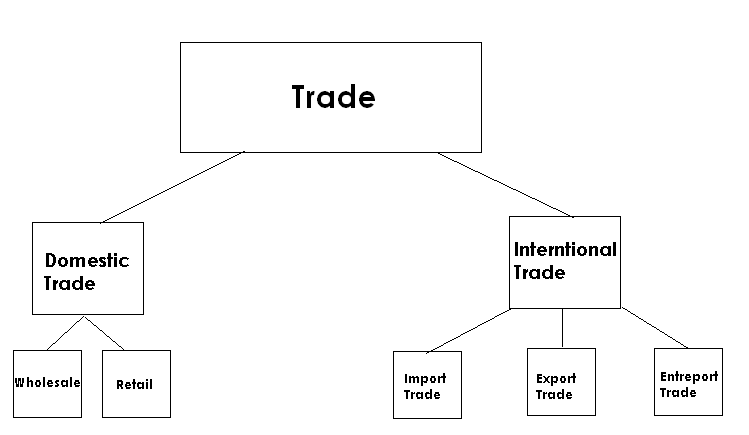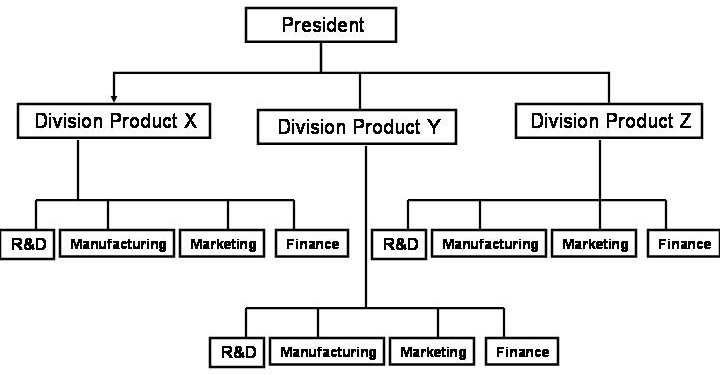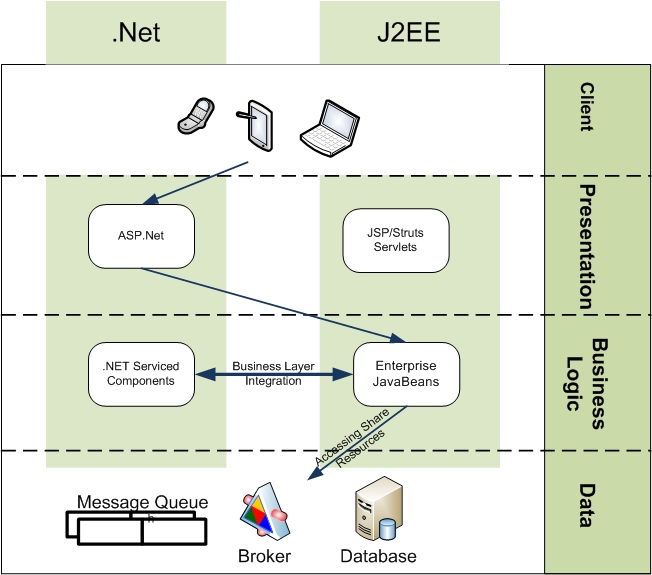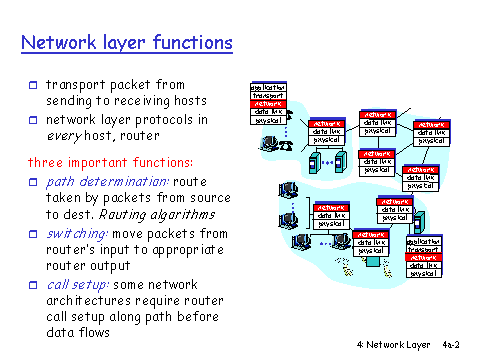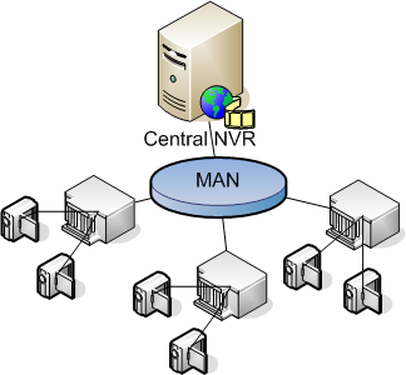THE GOLDEN TOUCH
Long ago, there lived a very rich man called Midas.
Besides being rich he was a king, and he had a little daughter called Marygold.
King Midas loved gold more than anything else in the world.
He liked being a king, chiefly because he loved his golden crown.
He loved, his daughter dearly too, and the more he loved her the more gold he wanted for her sake.
When King Midas saw the golden light of the sun at evening, he
wished it could turn everything into real gold.
When Marygold came to him with a bunch of sweet yellow flowers, he would say,
`If they were as golden as they look. They would be worth picking!’
Even the roses in his garden did not please him any more
The largest and sweetest and most beautiful roses ever seen - because they were not made of gold.
Although the king was very fond of music in his youth, the only music he loved now was the sound of gold coins, one against another.
At last, King Midas could not bear to touch anything that was not
gold.
He used to go down to a secret room under his palace where he
kept his precious store.
He would let himself in and count his gold pieces.
He would hold the bars of gold, and admire his gold cups and plates,until he could hardly bear to leave them.
Now in those days a great many wonderful things used to happen
just as they do today.
One morning King Midas was in his treasure room when he noticed that the sun was shining into the room more brightly than usual.
Not only that, but a stranger stood there, smiling at
him in the light of the sunbeam.
King Midas knew that he had locked himself in as usual, and so he guessed that his visitor was no ordinary person.
The stranger looked at the gold pieces that the king was
counting.
`You seem to be a very rich man’ he said.
`But it has taken me a long time to collect this gold,’ said King
Midas.
`If I could live a thousand years, I might have time to get richer.’
`What! aren’t you satisfied?’ asked the stranger.
`What else do you want?’ Midas thought carefully.
This was a wonderful chance, and he felt that the stranger had magical powers.
`I am tired of collecting my riches so slowly’, he said.
`I wish everything I touch could be turned into gold’.
`The Golden Touch!’ exclaimed the stranger. `Are you sure you
would never regret it?’
`How could I regret such a thing?’ said Midas. `It would give me
perfect happiness at last’.
`Very well, then’, the stranger said, as he turned to go.
`Tomorrow at sunrise you will find that you have the Golden Touch.’
The light of the sunbeam brightened so vividly that Midas closed
his eyes.
When he opened them again, the stranger had gone.
Next morning, Kind Midas awoke before the dawn.
He looked eagerly to see if his bed had been turned into gold.
But no; it was exactly as it had been before. He lay, very disappointed, looking around his room.
Suddenly, the earliest sunbeam of the rising sun shone through the
window and up to the ceiling above.
It seemed to reflect its-golden light towards him. Looking at the sheet on his bed, Midas was astonished to find that it had become cloth of gold.
The Golden touch had truly come to him, with the first sunbeam.
King Midas got out of bed in excitement.
He touched one of the legs of the bed as he did so - and it immediately became a golden pillar.
He pulled the curtain at the window, and at once it became
golden, too.
He put on his clothes, and found himself dressed in
golden cloth.
He took up his spectacles and put them on - and he found he
could see nothing at all.
The glasses had turned into gold and he could not see through them. He took them off again.
`Never mind’, he thought to himself.
`The Golden Touch is worth more than a pair of spectacles, and Marygold will be able to read to me’.
King Midas went downstairs and into the garden.
He noticed that even the brass handle of the door became gold as soon as he turned it.
Then he went among the rose-trees that had always been his pride and joy in the past.
When he went in to breakfast that morning he felt more
hungry than usual.
While he was waiting for his eggs to be ready,little Marygold came in crying bitterly.
`Look, father!’ she cried, holding out a golden rose.
`I went to pick you some rose and they are yellow and hard and their sweet scent is gone’.
`Never mind, my dear’, said her father. They are worth much
more like that. Sit down and eat your breakfast’.
He poured himself a cup of coffee as he spoke. The coffee pot was a golden one when he put it back on the table.
Then he tried a spoonful of coffee, to see if it was sweet enough.
But it had become liquid gold.
`Well’ he exclaimed. He was thirsty.
`What is the matter, father?’ asked Marygold.
`Nothing, child. Drink your milk,’ Midas said.
But the eggs that he tried to eat, the first, the bread, the butter all
the food was uneatable for the king, that morning.
`How am I to have any breakfast?’ he thought. `Such costly food is
before me, and I can eat nothing!’
He looked across the table at Marygold. She was eating happily,
her tears forgotten.
She looked up, saw that something was wrong, and
came around to comfort her father.
`What is wrong, father?’ she asked.
Midas bent down and kissed his little daughter.
Then - what a terrible change came over Marygold!
Her sweet little face turned to yellow gold, her lovely hair became gold metal,her little body hardened into a figure of solid gold.
`Well Midas’, said the stranger. `How do you like having the Golden Touch?’
`I have lost everything I really loved’, said King Midas.
I am full of sorrow and regret. Gold is of no use to me now’.
`So you have learnt something since yesterday?” asked the
stranger.
`Now which is worth more - the Golden Touch or a cup of cold
water?’
`Oh, blessed water!’ exclaimed Midas, `Will I ever taste it again’.
The Golden Touch - or a piece of bread?’ the stranger said.
`A piece of bread’, answered Midas, `is worth all the gold on earth!’
`Gold-or your own little daughter?’ asked the stranger.
`Oh-my child, my child!’ cried poor Midas.
`I would not have given one hair of her head for the power to
change the whole earth into gold!’
The stranger looked seriously at King Midas.
`You are wiser than you were’, he said. `Your heart is still flesh and
7 blood.
You know truly that the common things of life, which are within
everyone’s reach, are more valuable than riches.
Tell me, do you want to keep the Golden Touch?’
`No, it is hateful to me now’, said Midas, passionately.
Long ago, there lived a very rich man called Midas.
Besides being rich he was a king, and he had a little daughter called Marygold.
King Midas loved gold more than anything else in the world.
He liked being a king, chiefly because he loved his golden crown.
He loved, his daughter dearly too, and the more he loved her the more gold he wanted for her sake.
When King Midas saw the golden light of the sun at evening, he
wished it could turn everything into real gold.
When Marygold came to him with a bunch of sweet yellow flowers, he would say,
`If they were as golden as they look. They would be worth picking!’
Even the roses in his garden did not please him any more
The largest and sweetest and most beautiful roses ever seen - because they were not made of gold.
Although the king was very fond of music in his youth, the only music he loved now was the sound of gold coins, one against another.
At last, King Midas could not bear to touch anything that was not
gold.
He used to go down to a secret room under his palace where he
kept his precious store.
He would let himself in and count his gold pieces.
He would hold the bars of gold, and admire his gold cups and plates,until he could hardly bear to leave them.
Now in those days a great many wonderful things used to happen
just as they do today.
One morning King Midas was in his treasure room when he noticed that the sun was shining into the room more brightly than usual.
Not only that, but a stranger stood there, smiling at
him in the light of the sunbeam.
King Midas knew that he had locked himself in as usual, and so he guessed that his visitor was no ordinary person.
The stranger looked at the gold pieces that the king was
counting.
`You seem to be a very rich man’ he said.
`But it has taken me a long time to collect this gold,’ said King
Midas.
`If I could live a thousand years, I might have time to get richer.’
`What! aren’t you satisfied?’ asked the stranger.
`What else do you want?’ Midas thought carefully.
This was a wonderful chance, and he felt that the stranger had magical powers.
`I am tired of collecting my riches so slowly’, he said.
`I wish everything I touch could be turned into gold’.
`The Golden Touch!’ exclaimed the stranger. `Are you sure you
would never regret it?’
`How could I regret such a thing?’ said Midas. `It would give me
perfect happiness at last’.
`Very well, then’, the stranger said, as he turned to go.
`Tomorrow at sunrise you will find that you have the Golden Touch.’
The light of the sunbeam brightened so vividly that Midas closed
his eyes.
When he opened them again, the stranger had gone.
Next morning, Kind Midas awoke before the dawn.
He looked eagerly to see if his bed had been turned into gold.
But no; it was exactly as it had been before. He lay, very disappointed, looking around his room.
Suddenly, the earliest sunbeam of the rising sun shone through the
window and up to the ceiling above.
It seemed to reflect its-golden light towards him. Looking at the sheet on his bed, Midas was astonished to find that it had become cloth of gold.
The Golden touch had truly come to him, with the first sunbeam.
King Midas got out of bed in excitement.
He touched one of the legs of the bed as he did so - and it immediately became a golden pillar.
He pulled the curtain at the window, and at once it became
golden, too.
He put on his clothes, and found himself dressed in
golden cloth.
He took up his spectacles and put them on - and he found he
could see nothing at all.
The glasses had turned into gold and he could not see through them. He took them off again.
`Never mind’, he thought to himself.
`The Golden Touch is worth more than a pair of spectacles, and Marygold will be able to read to me’.
King Midas went downstairs and into the garden.
He noticed that even the brass handle of the door became gold as soon as he turned it.
Then he went among the rose-trees that had always been his pride and joy in the past.
When he went in to breakfast that morning he felt more
hungry than usual.
While he was waiting for his eggs to be ready,little Marygold came in crying bitterly.
`Look, father!’ she cried, holding out a golden rose.
`I went to pick you some rose and they are yellow and hard and their sweet scent is gone’.
`Never mind, my dear’, said her father. They are worth much
more like that. Sit down and eat your breakfast’.
He poured himself a cup of coffee as he spoke. The coffee pot was a golden one when he put it back on the table.
Then he tried a spoonful of coffee, to see if it was sweet enough.
But it had become liquid gold.
`Well’ he exclaimed. He was thirsty.
`What is the matter, father?’ asked Marygold.
`Nothing, child. Drink your milk,’ Midas said.
But the eggs that he tried to eat, the first, the bread, the butter all
the food was uneatable for the king, that morning.
`How am I to have any breakfast?’ he thought. `Such costly food is
before me, and I can eat nothing!’
He looked across the table at Marygold. She was eating happily,
her tears forgotten.
She looked up, saw that something was wrong, and
came around to comfort her father.
`What is wrong, father?’ she asked.
Midas bent down and kissed his little daughter.
Then - what a terrible change came over Marygold!
Her sweet little face turned to yellow gold, her lovely hair became gold metal,her little body hardened into a figure of solid gold.
`Well Midas’, said the stranger. `How do you like having the Golden Touch?’
`I have lost everything I really loved’, said King Midas.
I am full of sorrow and regret. Gold is of no use to me now’.
`So you have learnt something since yesterday?” asked the
stranger.
`Now which is worth more - the Golden Touch or a cup of cold
water?’
`Oh, blessed water!’ exclaimed Midas, `Will I ever taste it again’.
The Golden Touch - or a piece of bread?’ the stranger said.
`A piece of bread’, answered Midas, `is worth all the gold on earth!’
`Gold-or your own little daughter?’ asked the stranger.
`Oh-my child, my child!’ cried poor Midas.
`I would not have given one hair of her head for the power to
change the whole earth into gold!’
The stranger looked seriously at King Midas.
`You are wiser than you were’, he said. `Your heart is still flesh and
7 blood.
You know truly that the common things of life, which are within
everyone’s reach, are more valuable than riches.
Tell me, do you want to keep the Golden Touch?’
`No, it is hateful to me now’, said Midas, passionately.

